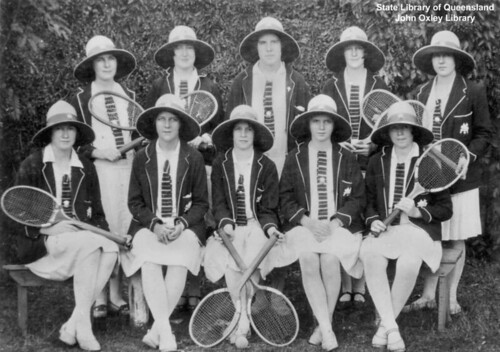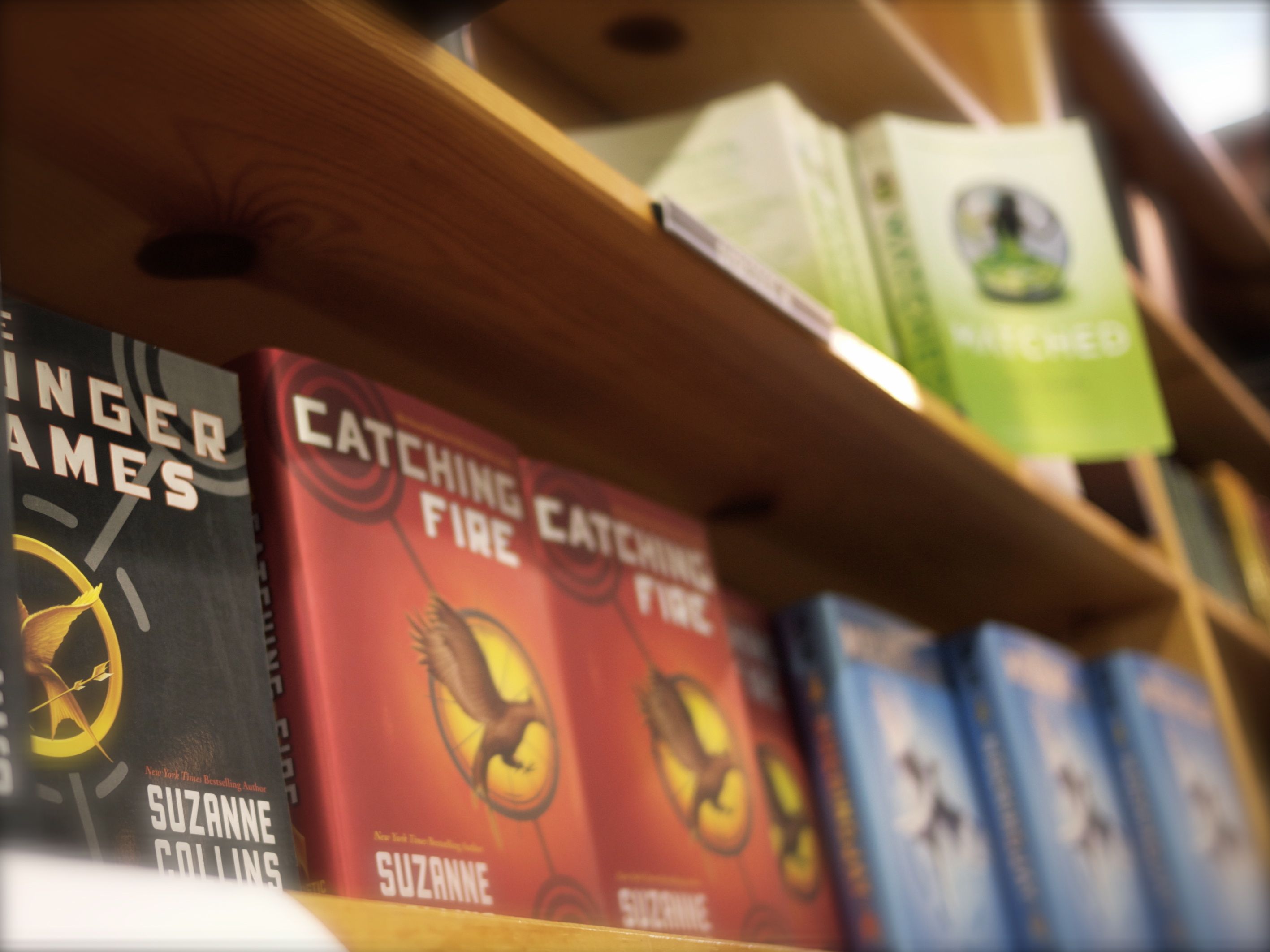The "New Adult" Category: Thoughts + Questions

Nearly every week this summer we saw news of a self-published author’s “new adult” novel’s acquisition and reissue by a mainstream publisher, setting off a flurry of speculation that “new adult” is the next big thing. This was further bolstered by three digital-first imprints or publishers putting out the call for submissions in this category.
Significant publishing deals and emerging publishers seeking out “new adult” titles aside, I’m not entirely sure that it really is the next big thing—or that an entirely new category is even necessary.
The term “new adult” first emerged in 2009 when St. Martin’s Press hosted a contest searching for manuscripts featuring protagonists in the 18 to mid-twenties age range. It was touted as,
…fiction similar to YA that can be published and marketed as adult—a sort of an “older YA” or “new adult.”
In essence, it was a response to the phenomenon of adults reading teen fiction and a search for a method to best capitalize on that audience that discovered young adult fiction. Ultimately, St. Martin’s declined to acquire any of the manuscripts they received as part of the contest; two finalists were later acquired by other publishers in the young adult category (Girl of Fire and Thorns and The Treachery of Beautiful Things).
Fast-forward three years (and I think this timing is significant), ebooks have gained meaningful marketshare—14 percent of units sold in 2011 versus four percent in 2010 (with genre fiction, notably romance, often exceeding the average) and self-publishing has become more normalized. Books like Easy (which I recommend), Slammed, Beautiful Disaster and Flat-Out Love are self-publishing “new adult” success stories, and are all now published by traditional publishers. Each of these books tells a story of an older teen and are considered “edgier” that typical YA fare (I do not agree with this assessment, however—there’s a wide range of edginess in the teen market).
All signs point to “new adult” becoming a full-fledged fiction category, right?
Well, I don’t know. But, I have some questions.
- Can existing categories already fill this niche?
- Who is the audience for the “new adult” category?
- Would adding a “new adult” category help mainstream consumers find books to read?
- Or would a new category labeled confuse mainstream shoppers?
- Ebook buyers have driven the growth of this pseudo-category, but will this translate to print buyers?
I don’t have the answers to these questions, and my search for data about this subject has been completely futile (the lack of solid data about publishing available to folks like me makes me very sad), however it’s still worth some subjective speculation.
Looking through my shelves, I’ve found a number of books published within the YA category, but that could naturally fit into the “new adult” moniker. Here’s a sampling:
- Lovestruck Summer by Melissa Walker
- Books 3-5 of Megan McCafferty’s Jessica Darling series
- Something Like Normal by Trish Doller
- Love Story by Jennifer Echols (all of Echols’ dramatic novels could be categorized this way)
- Along for the Ride by Sarah Dessen
- Secret Society Girl by Diane Peterfreund
- Jane by April Lindner
Despite that they all feature protagonists who are a bit older than most teen novels, the themes are solidly in Young Adult Town, USA. They explore growing up, self-identity, coming-of-age and the idea of “firsts.”
And then we’ve got a few outliers sitting on my shelves (or rather, my Kindle), books that feature younger characters than normally found in adult fiction, but older than traditionally featured in YA, books like Come See About Me, The Marriage Plot, Easy and a whole bunch of genre novels such as Rachel Vincent’s Shifters series. However, the themes (with the exception of Easy, which I’ll address later) are a bit different from what you’d find in a novel aimed at a teen audience. The characters have a bit more life experience, a more solid idea of who they are and are beyond many of the milestones of youth.
I’d love to see a broader age spectrum represented in both young adult and adult fiction.
Teens tend to “read up” or grow out of YA novels, graduating to adult fiction. I imagine there are a number of reasons for this, but I’m sure the reality that the YA category is dominated by 16-year olds has something to do with it—reading about 16-year olds is great when you’re 14, but not so fabulous when you’re 17 or 18 and looking beyond the immediacy of the high school experience.
As far as adult fiction goes, one of the reasons I read so much in the young adult category is that the themes and issues I find in mainstream (non-genre/contemporary/literary) adult fiction are often not of interest to me. I’m not particularly interested in reading about “The Human Condition” (which makes being a person sound like an infectious illness), meditations on failed marriages or infidelity, money or the trials of child-rearing. It seems like these themes dominate adult fiction largely because much of that work is dominated by characters of a certain age.
So, we see here that there’s a significant gap in the experiences represented in both YA and adult fiction, the 18-30 range. And this is a pretty interesting time in people’s lives. Personally, I’d love to see more work set in college, because that environment is ripe with great stories. But, I’m not convinced that that age range cannot be served by the existing categories. YA has reached up to encompass stories about older characters’ experiences and adult fiction has explored younger-than-normal characters’ lives.
Perhaps the publishing establishment needs to embrace the diversity of experiences that both categories can represent?
The other big wonder I have is about the audience the shelving and marketing for an entirely new category.
By and large, most of the “new adult” titles that have been picked up by mainstream publishers have their origins in the self-published ebook world. Many have gained notoriety via blogs, Goodreads and other online recommendations. However, the data keeps telling us that these sorts of recommendations are far down on the list of how people discover books (personal recommendations and seeing a book in a store are always at the top), so these titles are finding their way to the top in an atypical way.
Ebook readers seem to be a particular bunch (and I am primarily an ebook reader). I’ve seen them often labeled as “power readers,” they seem to read more, volume-wise, and therefore appear to often be cost-conscious (which is, I think, why they’ve propelled some of these inexpensive ebooks into bestseller territory).
Thus, it’s not surprise that three digitally-oriented publishers, Carina (an ebook imprint of Harlequin), Entangled Publishing (independent digital and print) and Curiosity Quills Press (independent digital and print) have all hopped on the new adult train, actively seeking submissions in this category. And, I don’t think it’s a surprise that I’ve seen several ebook originals fitting into this category pop up in 2013 catelogs (Simon & Schuster is releasing an ebook original from Jennifer Echols that’s described as “new adult”—and Jennifer’s dramatic books have nearly always fit into the older YA vein).
Carina’s call for submissions is particularly striking, as it encapsulates the themes present in the successful self-published “new adult” novels, which to me, make these books actually fit with the adult category,
Story elements should be targeted to an adult, not teen audience, and should contain adult contemporary themes, frank, modern language, high relationship drama and intense conflict. Characters actions, dress and dialogue should all be age-appropriate.
[Emphasis added.]
If books categorized as “new adult” are really targeted for an adult audience, as it sounds like this particular publishers seeks, why not just categorize them as adult? Is this all just marketing? What’s wrong with simply expanding the expectations of what character ages and experiences are found in fiction?
As I ask all these questions, the ironic thing is that I actually am extremely interested in reading more books featuring this time in characters’ lives, particularly books set in a college environment (Tamarra Webber’s Easy stands out as capturing this time very well). I also would love to see more YA that features characters on the cusp on independence (Lovestruck Summer is one of my favorite new discoveries because it nails that feeling so perfectly). But I’m also not completely sold on the idea of a standalone category being successful with a broad cross-section of readers, most of whom aren’t as digitally connected as the readers who made “new adult” a digital success.
What do you think? Will we see a “new adult” section in bookstores and libraries someday soon?
An aside - Is the term “new adult” linguistically difficult for anyone else? Whenever I read the term “new adult,” I read it as “new” “adult,” as in recent releases in adult fiction. Just wondering.

Review: Once Was Lost by Sara Zarr






